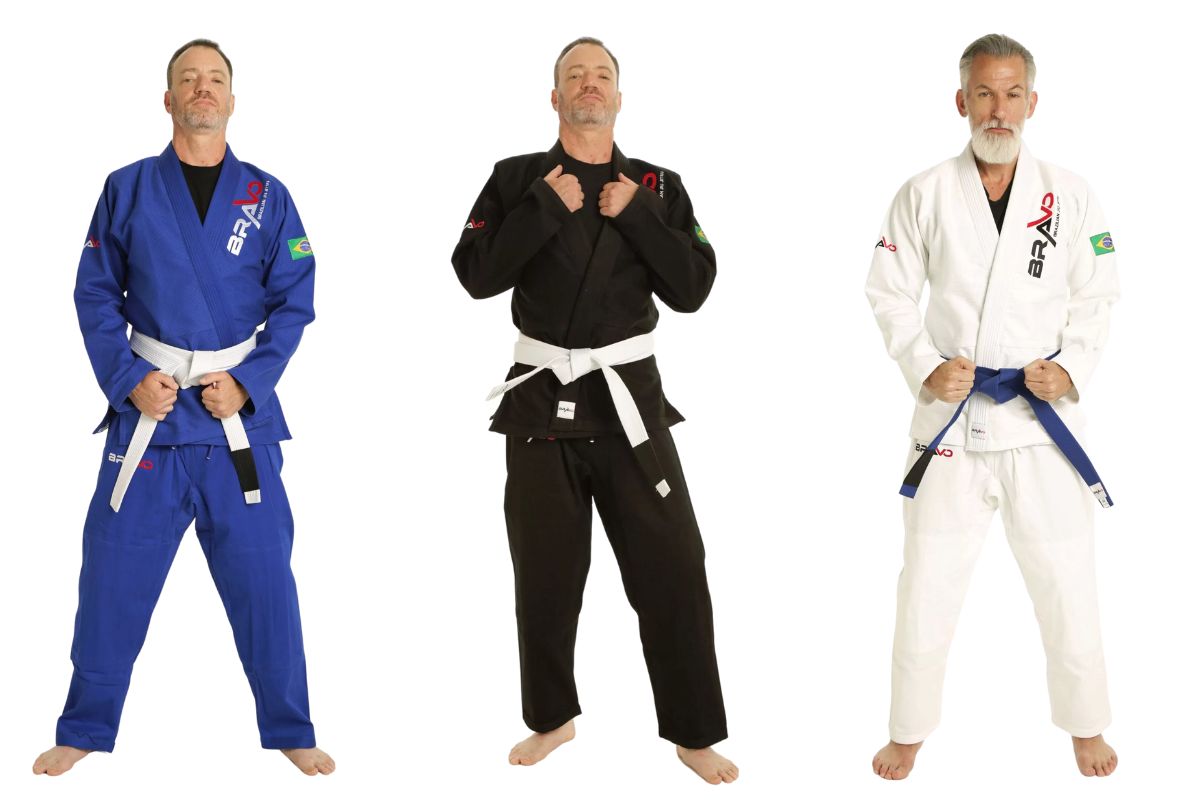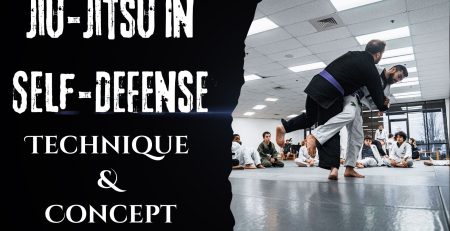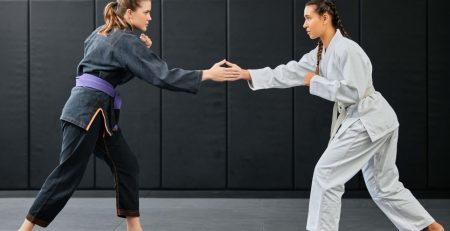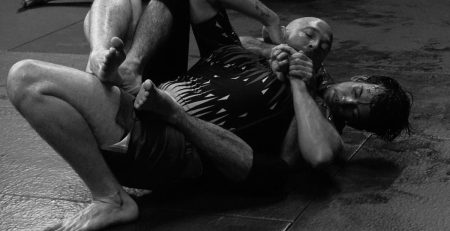The Ultimate Guide to BJJ Gi Colors – What Do They Mean and Why Do They Matter?
Brazilian Jiu-Jitsu (BJJ) is not just about techniques and strategies; it’s also about tradition, culture, and personal expression. One aspect that often catches the eye is the color of the gi—the uniform worn during training and competition. While the gi color may seem like a minor detail, it carries significance in the BJJ community. This guide explores everything you need to know about gi colors in BJJ, their meanings, and why they matter.
Introduction
The gi is more than just a uniform in BJJ; it’s a symbol of respect, discipline, and the art itself. Different gi colors have emerged over the years, each with its own history, symbolism, and rules. Understanding these colors can help you make an informed choice, whether you’re a beginner just starting out or a seasoned practitioner looking to switch things up. In this guide, we’ll delve into the history of gi colors, their meanings, and practical considerations when choosing your BJJ gi.

History and Evolution of Gi Colors in BJJ
The Traditional White Gi: A Symbol of Purity and Tradition
The white gi is the most traditional and iconic choice in BJJ. It symbolizes purity, humility, and dedication to the art. The white gi traces its origins back to Judo, from which BJJ evolved. In the early days, the white gi was the only option available, representing a blank slate for students to fill with knowledge and experience.
Introduction of Other Colors: Blue and Black GIs
As BJJ gained popularity worldwide, the introduction of blue and black gis brought more variety to the mats. The blue gi was introduced primarily to offer an alternative to white while still maintaining a sense of tradition. The black gi, often associated with a more advanced level of practice, symbolizes power, strength, and discipline. These colors have since become widely accepted and are even allowed in most competitions, including those governed by the International Brazilian Jiu-Jitsu Federation (IBJJF).
Modern Trends in Gi Colors: Beyond the Basics
In recent years, BJJ has seen an explosion of gi colors beyond the traditional white, blue, and black. Colors like gray, green, and even pink have made their way onto the mats, offering practitioners more ways to express their personal style. While these colors are generally accepted in training, they may not be allowed in official competitions. The evolution of gi colors reflects the dynamic nature of BJJ, balancing tradition with modern influences.
Common Gi Colors and Their Meanings
White Gi: The Traditional Choice for Beginners and Masters
The white gi remains the most popular choice among practitioners of all levels. It represents the core values of BJJ—humility, respect, and a focus on the fundamentals. For beginners, wearing a white gi is often seen as a rite of passage, signifying their entry into the BJJ world. For seasoned practitioners, it serves as a reminder of the art’s roots and their commitment to continuous learning.
Blue Gi: The Most Popular Alternative
The blue gi is a staple in BJJ and is widely accepted in both training and competition settings. It offers a practical advantage as it’s less likely to show stains from sweat and mat dirt, making it a preferred choice for many practitioners. The blue gi is often seen as a middle ground—traditional yet distinct.
Black Gi: A Symbol of Power and Discipline
The black gi, while less common than its white and blue counterparts, is often associated with advanced practitioners and instructors. It carries a sense of authority and respect on the mats. Wearing a black gi can be a personal choice that reflects one’s dedication and discipline in the art of BJJ.
Other Colors: Gray, Green, and Custom Gi Colors
Beyond the standard colors, there are a variety of other hues that have gained popularity, including gray, green, and even custom designs with unique patterns and patches. These colors are typically reserved for personal training and are less commonly seen in competition due to regulatory restrictions. For many, these non-traditional colors are a way to express individuality and stand out in a sea of white, blue, and black.

Does Gi Color Matter in BJJ?
Practical Considerations: Visibility and Maintenance
One practical aspect of gi color is how it affects visibility and maintenance. White gis, while traditional, show stains easily and require frequent washing to maintain their appearance. Blue and black gis tend to hide dirt and stains better, making them more convenient for everyday training. In terms of visibility, lighter gis like white can make it easier for instructors to spot techniques and errors during training.
Psychological Impact: How Color Affects Perception on the Mat
Color can also have a psychological impact, both on the wearer and their opponents. Darker colors like black can project confidence and authority, potentially influencing the dynamics of a match. On the other hand, brighter colors like white and blue may convey openness and approachability. While these effects are subtle, they can play a role in how one feels and performs on the mat.
Personal Expression: Choosing a Gi That Represents You
Ultimately, the choice of gi color often comes down to personal preference and self-expression. Whether it’s sticking to tradition with a white gi or showcasing personality with a custom-colored gi, what matters most is that the gi feels right for the individual. BJJ is a deeply personal journey, and the gi color you choose can be a reflection of your unique path.
What Do the Colors of BJJ Belts Mean?
In BJJ, the color of a practitioner’s belt indicates their level of skill, experience, and progression. Unlike gi colors, which are primarily about personal preference, belt colors follow a strict hierarchy.
- White Belt: The starting point for all practitioners, symbolizing a beginner’s innocence and eagerness to learn.
- Blue Belt: Represents the first major milestone, with practitioners having a firm grasp of the basics.
- Purple Belt: Indicates an intermediate level of skill, with a deeper understanding of techniques and strategies.
- Brown Belt: Reflects advanced knowledge and preparation for the final promotion to black belt.
- Black Belt: The pinnacle of BJJ expertise, symbolizing mastery and a commitment to lifelong learning.
The belt colors serve as a structured path of progression, contrasting with the more flexible choices of gi colors.

IBJJF Rules for Gi Colors in BJJ
Allowed Gi Colors According to IBJJF: White, Blue, and Black
The IBJJF, which governs many of the world’s largest BJJ competitions, has specific rules regarding gi colors. Competitors are only allowed to wear gis in white, blue, or black. This rule helps maintain uniformity and avoids any distractions that might arise from overly bright or unusual gi colors.
Restrictions and Compliance: Ensuring Your Gi Meets Competition Standards
In addition to color restrictions, the IBJJF also enforces guidelines on gi fit, patches, and fabric weight. Competitors must ensure their gis adhere to these standards to avoid disqualification. It’s important to check competition rules before investing in a gi, especially if you plan to compete at the IBJJF level.
What Color Gi Should BJJ Beginners Choose?
Recommended Gi Colors for Beginners: White and Blue
For beginners, starting with a white or blue gi is often recommended. These colors are universally accepted in all gyms and competitions, making them practical choices. A white gi, in particular, is traditional and aligns with the philosophy of starting with a “clean slate.”
Pros and Cons of Different Gi Colors for New Practitioners
- White Gi: Pros include tradition and widespread acceptance; cons include higher maintenance.
- Blue Gi: Pros include better stain resistance and popularity; cons are minimal but may include personal preference.
- Black Gi: While not typically recommended for beginners, it can be an option for those looking for something distinct, though it may carry perceptions of being reserved for more experienced practitioners.
Gi Colors in Other Martial Arts: A Brief Comparison
Karate Gi Colors: White Dominance and the Rare Use of Black
In Karate, the gi is almost always white, symbolizing purity and focus. Black gis are rare and usually worn by high-ranking practitioners. Unlike BJJ, there is little variation in gi color within Karate, emphasizing uniformity and tradition.
Differences and Similarities with BJJ Gi Colors
While both Karate and BJJ value tradition, BJJ offers more flexibility in gi colors, allowing for personal expression. The broader range of colors in BJJ reflects the art’s adaptive and evolving nature, in contrast to Karate’s more rigid adherence to white.

Reasons to Wear Different Gi Colors on the Mat
Personal Preference and Style
Many practitioners choose their gi color based on personal preference and style. Whether it’s to stand out, match with teammates, or simply because a certain color feels right, the choice is ultimately up to the individual.
Gym Culture and Team Uniforms
Some gyms have specific rules or traditions around gi colors. For example, they may prefer all members to wear the same color to foster a sense of unity and team spirit. It’s always a good idea to check with your gym before purchasing a new gi.
Practicality: Identifying Your Gi Easily During Training
Choosing a distinct gi color can also be practical in a crowded training environment, making it easier for instructors and training partners to identify you on the mats.
Conclusion
Choosing the right gi color in BJJ is a personal decision that goes beyond aesthetics. It’s about respecting tradition, expressing individuality, and understanding the practical implications of your choice. Whether you opt for the classic white, the popular blue, the authoritative black, or a more unconventional hue, your gi color is a reflection of your journey in BJJ. Embrace the color that feels right for you and wear it with pride on the mats.
FAQs About BJJ Gi Colors
Are there any restrictions on wearing bright or unusual gi colors in competitions?
Yes, most BJJ competitions have specific regulations regarding gi colors. Typically, only traditional colors like white, blue, and black are allowed. It’s important to check the rules of the tournament you’re entering to ensure your gi color complies.
What should I consider if I want to wear a gi with a custom or non-traditional color for training?
For training purposes, non-traditional gi colors are generally acceptable as long as they comply with your gym’s dress code. It’s a good idea to check with your instructor or gym owner to ensure there are no specific restrictions or preferences.
Can wearing a particular color gi impact my psychological performance during matches?
The color of your gi can have psychological effects, such as boosting your confidence or affecting your opponent’s perception. However, there is no direct evidence that gi color affects your physical performance or technical ability.
Are there any benefits to choosing a specific gi color for training?
While there are no proven performance benefits tied to gi color, some practitioners choose colors that help them feel more confident or focused. Additionally, certain colors might make you more visible in training environments or differentiate you in large classes.
Are there traditional gi colors that are considered more appropriate for men or women?
No, there are no specific gi colors that are designated for men or women. Gi colors are generally uniform regardless of gender, and practitioners are free to choose the color they prefer.
Are there any cultural or historical reasons behind choosing gi colors for men and women?
Historically, there have been no gender-specific gi color choices. Traditional colors like white, blue, and black have been widely accepted for all practitioners. However, personal preference and gym culture may influence color choices.













Leave a Reply
You must be logged in to post a comment.